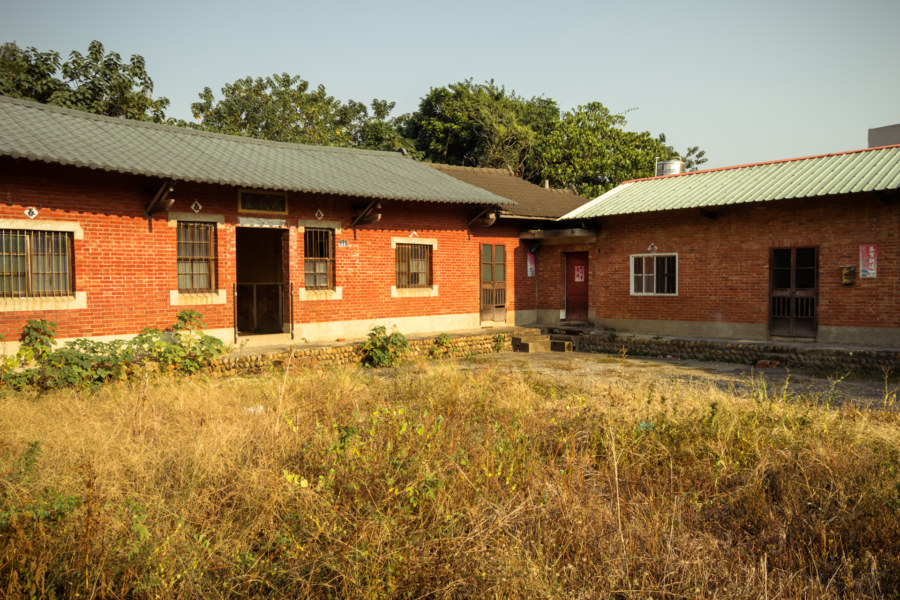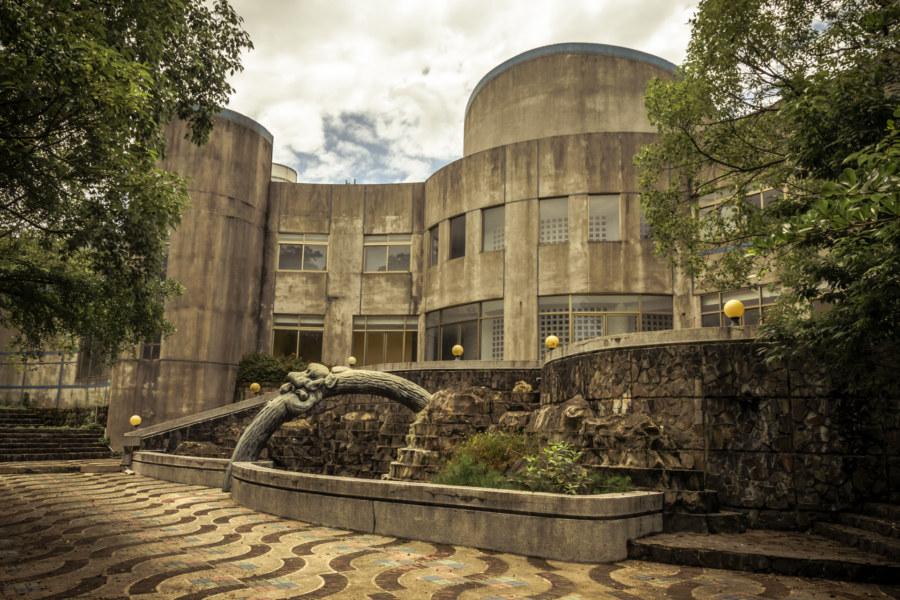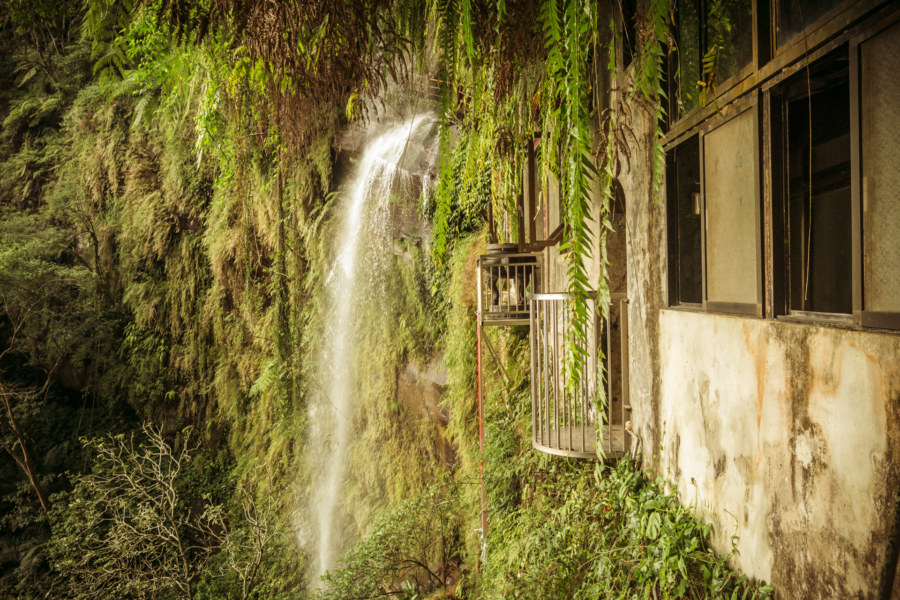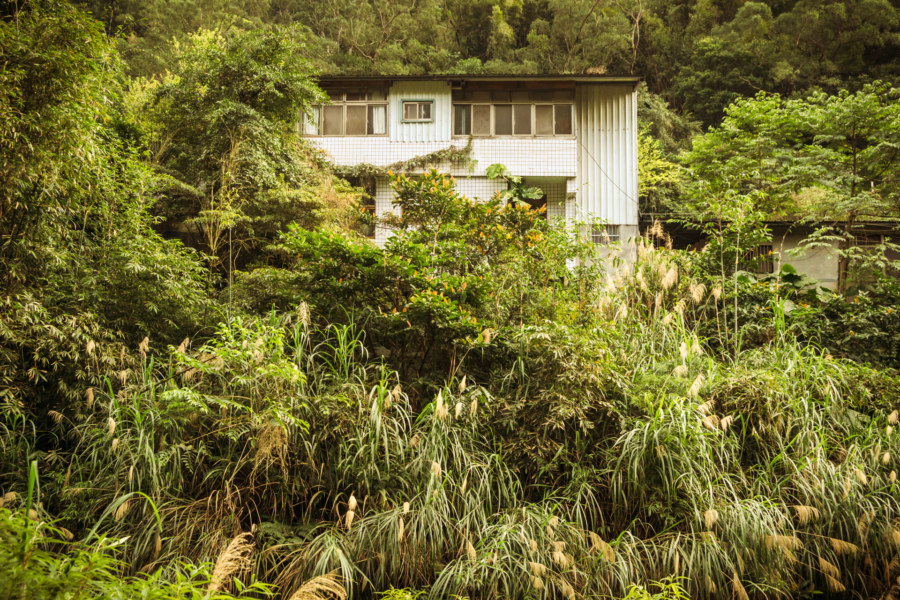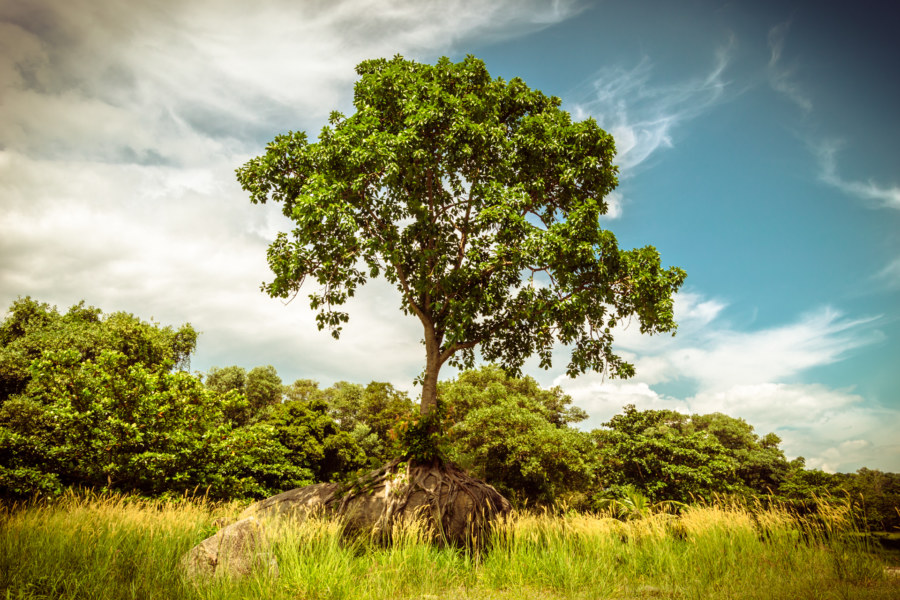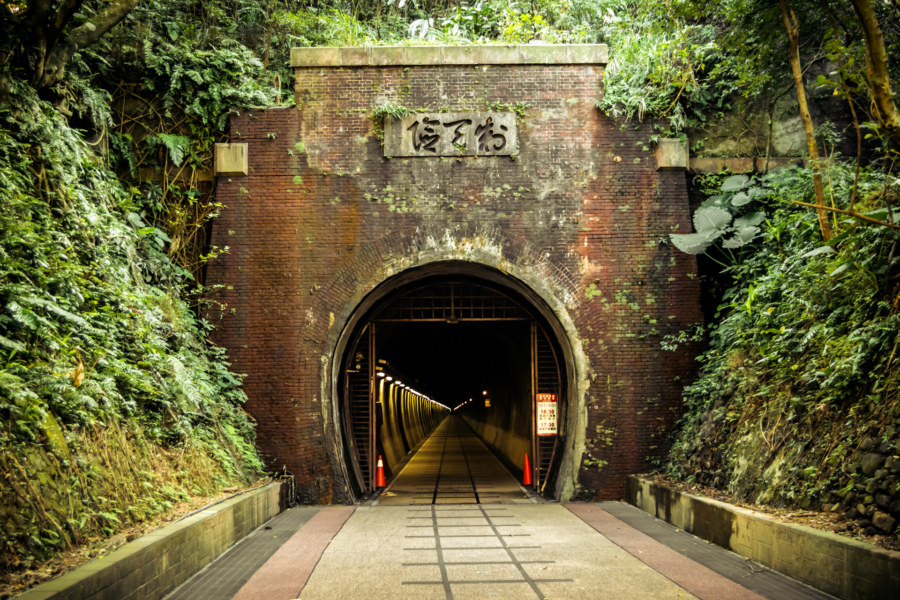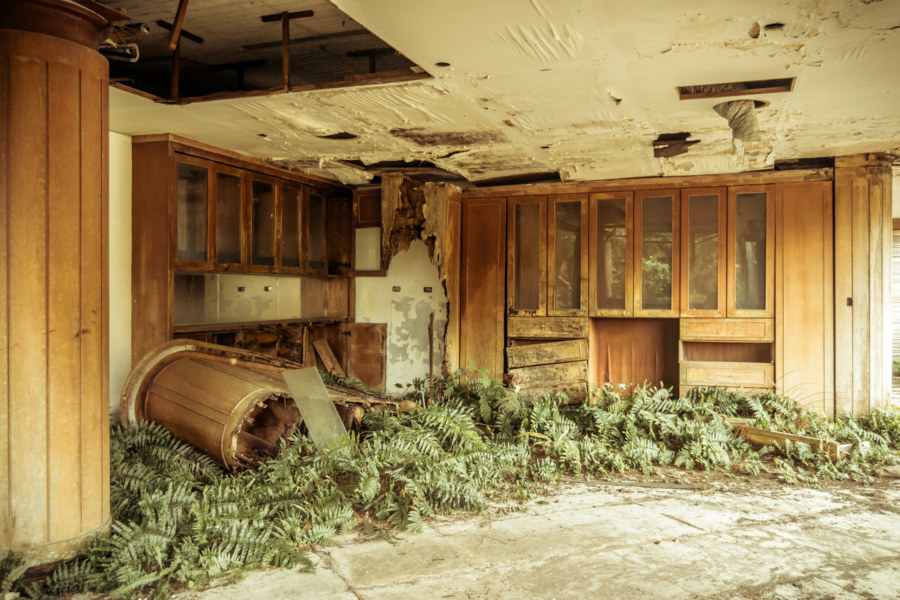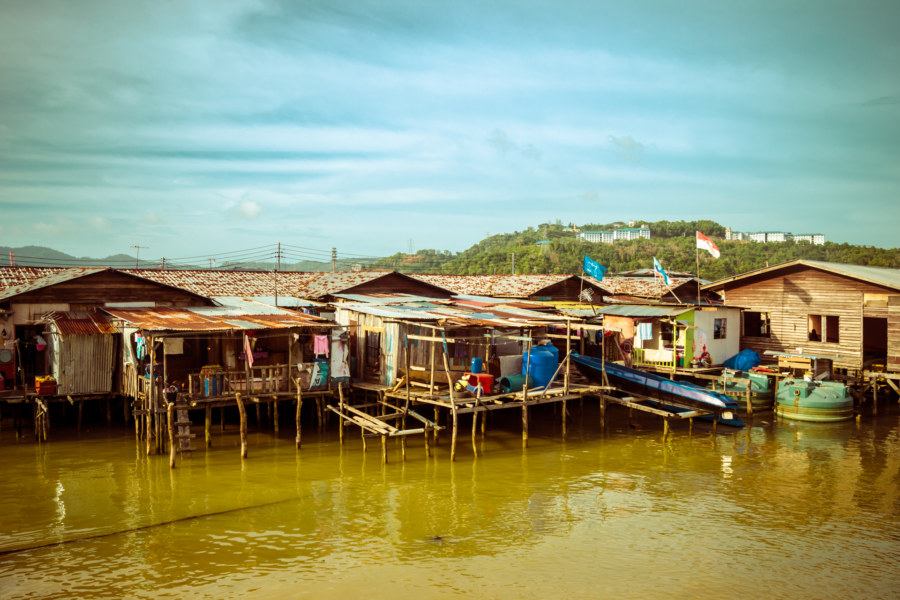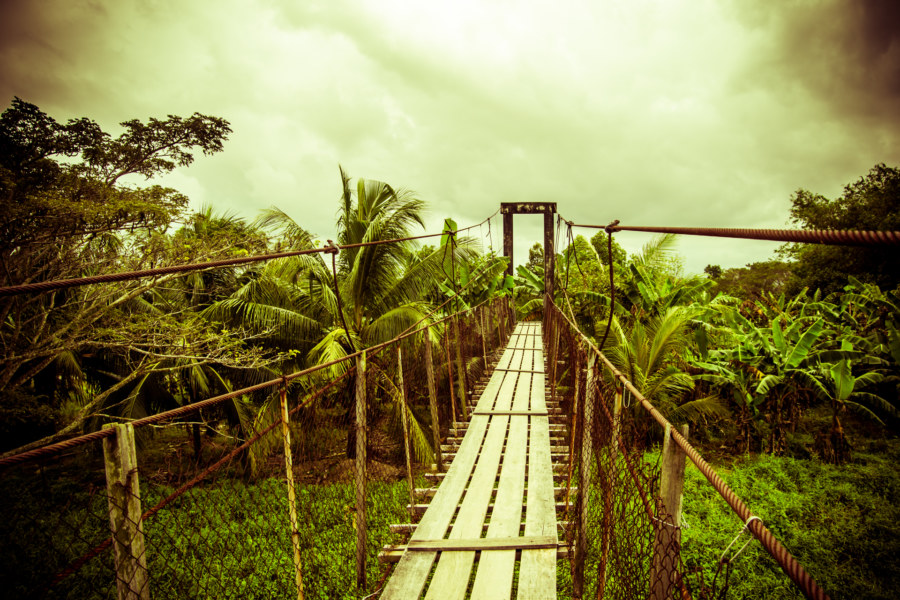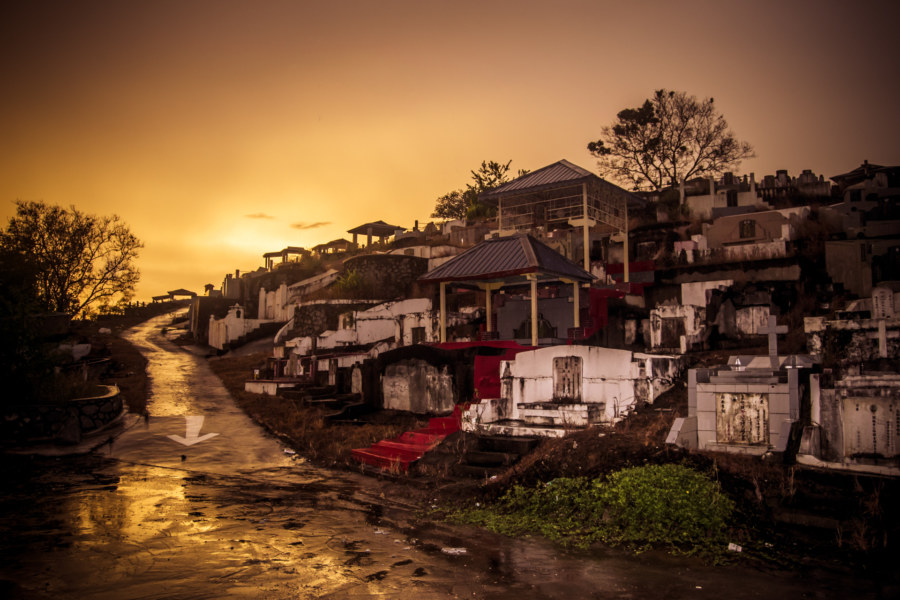Today I would like to take you inside an abandoned sānhéyuàn (三合院), a traditional Taiwanese courtyard home. This particular home is in Dacun, a rural township in Changhua, but it is not unique. The Taiwanese countryside is littered with tens of thousands of these old homes, many of which have fallen into disrepair and abandonment over the years. I have given this place a name but it is merely a description of convenience. Chances are it has no formal name.
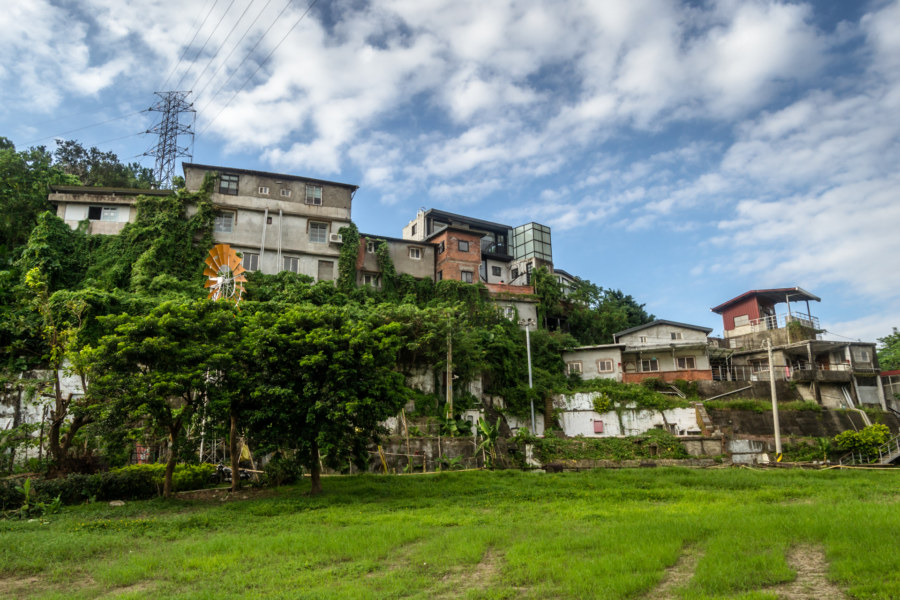
Subterms
Renoir Resort Club 雷諾瓦俱樂部
Renoir Resort Club (雷諾瓦俱樂部) is a surprising find in Guānzilǐng (關子嶺), the most famous and well-developed hot springs town in Baihe, Tainan. I went to stay there one night in the spring of 2014 to have a look around—but I didn’t expect to find an abandoned club next door to where I was staying. I probably should have known; this is Taiwan, an urban exploration utopia of sorts. Sometimes you will get lucky and discover someplace cool without even trying.
Yinhedong 銀河洞
Yínhédòng 銀河洞 (literally “Milky Way Cave”) is an extraordinary cliffside temple next to a gorgeous waterfall in the mountains just outside of Taipei. Originally founded in 1914 and extensively renovated in 1958, the temple recently celebrated its centennial, as proclaimed by the red banner draped out front during my first visit in February 2014. In a story that sounds entirely apocryphal, the cave was reputedly a hideout for Chén Qiūjú 陳秋菊, a Shenkeng resident who famously led a rebellion in the earliest years of the Japanese colonial era.
An Abandoned Home on Yinhe Road 銀河路老屋
One fine morning in February 2014 I decided to go out riding. I had seen photos of a beautiful cliffside temple next to a waterfall in Xindian and it looked to be within easy reach of my place in Jingmei. I set out for the highway leading to Pinglin, passing through the sprawl of southern Taipei under the warm winter sun. The roadway began to steepen as I reached the outskirts of the city. Struggling against gravity—but enjoying every minute of it—I ascended into the hills before taking a turn onto Yínhé Road 銀河路 (the literal translation of which is “silver river”, better known to us as the Milky Way).
The Mystic Island of Pulau Besar
One of my stranger day trips in Malaysia was to the mystic island of Pulau Besar in the state of Melaka, better known as Malacca to most English-speaking people. Situated in the Strait of Malacca, one of the world’s most important shipping lanes, the small island of Pulau Besar is steeped in myth and legend. It is also widely considered to be haunted—which partly explains why most of the island is abandoned.
Old Caoling Tunnel 舊草嶺隧道
Old Caoling Tunnel 舊草嶺隧道 was built in the 1920s to connect northern Taiwan with the eastern coast by rail. A new tunnel was built in the 1980s and the old tunnel was closed until 2008 when it reopened as a tourist-friendly bikeway. The main point of entry is Fúlóng 福隆, a beach town in New Taipei City about an hour outside of Taipei by train. Riding through the old tunnel makes for a great day trip from Taipei—as long as you don’t go on a weekend.
Yongye Road Hotel 永業路旅館
I was out cycling through Bitan in Xindian one night when I noticed a big building with blown-out windows looming over Yongye Road (永業路). The skeletal outline of a collapsed rooftop against the umbral sky confirmed my suspicions: this building was abandoned. It was too dark to take a closer look that particular night but I vowed to return.
Kampung Numbak
I discovered Kampung Numbak using Wikimapia, a mash up of Google Maps and Wikipedia, while staying at 1Borneo, a megamall on the outskirts of Kota Kinabalu, the capital of Sabah. After finding it online I decided to pay Numbak a visit. There was something very strange about the juxtaposition of Borneo’s biggest mall and this impoverished village of 5,000 a stone’s throw away.
Postcards From Tuaran
At the beginning of February I spent several days near Tuaran, a town outside of Kota Kinabalu, the capital of Sabah, Malaysia. Here are a few photos from my adventures there…
Tuaran Chinese Cemetery
These photos were shot while touring an old Chinese cemetery in Kampung Bakut, a village just outside of Tuaran in the Malaysian state of Sabah. Many Hakka Chinese migrated to this area in the late 19th century, hence the need for a place formally known in Malay as Tanah Perkuburan Orang Cina Tuaran (Chinese: 斗亞蘭華人福壽山). It is a forlorn, neglected place: a hilltop encrusted with elaborate tombs in an elegant state of disrepair. Cemeteries are typically avoided by the local people, a consequence of the widely-held belief that anything to do with death will bring bad luck. Even so, these burial grounds are littered with rubbish and empty glue canisters—an indication that the cemetery entertains at least a few visitors now and then.
